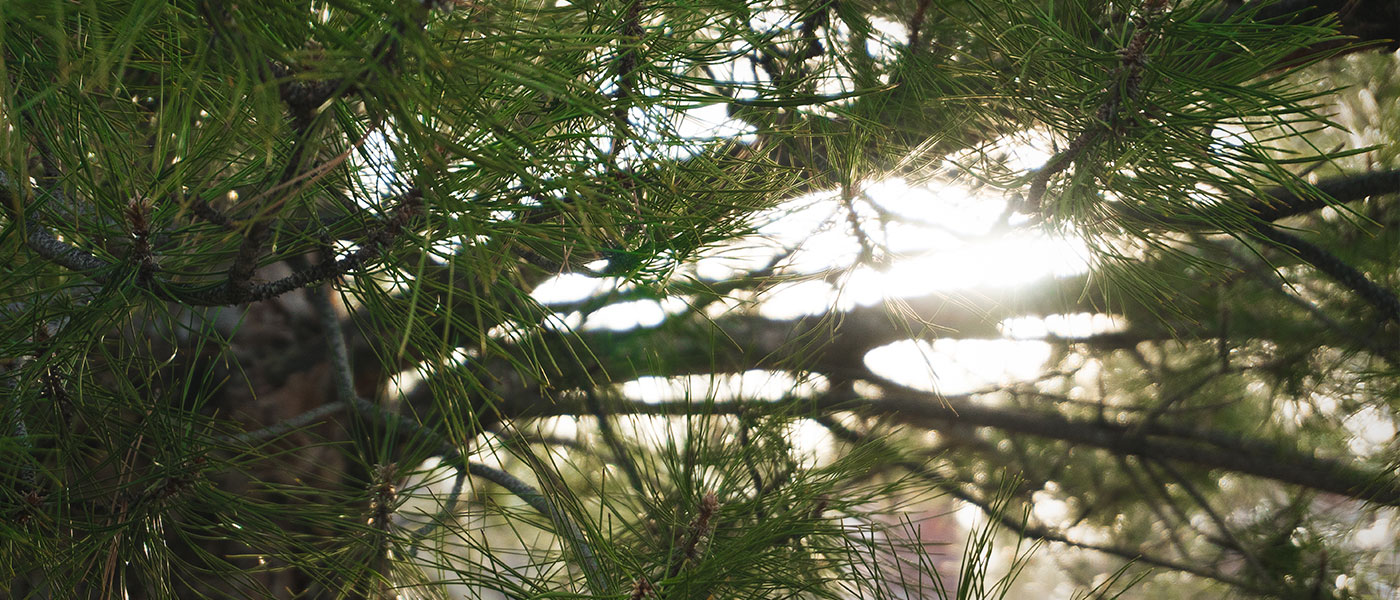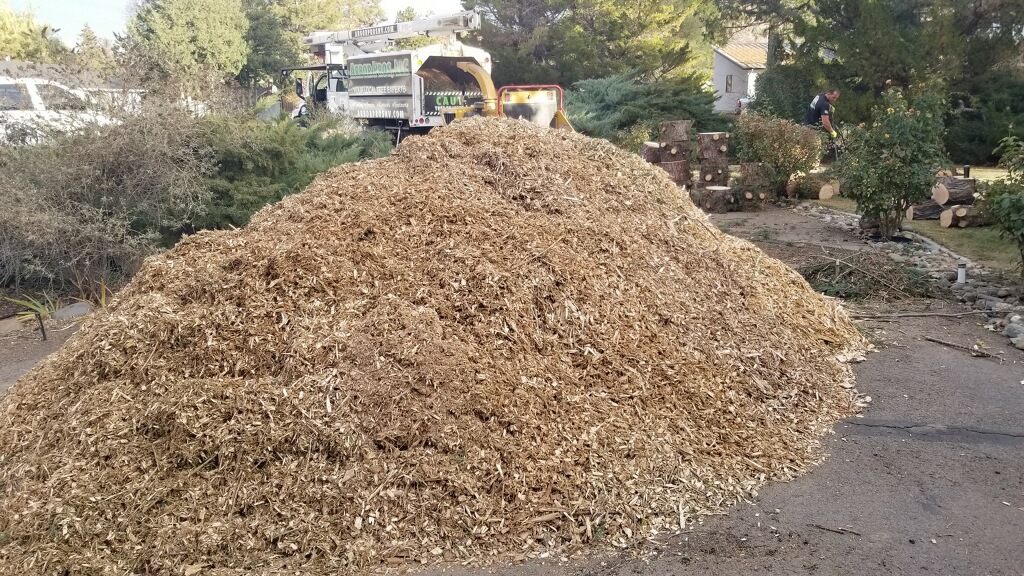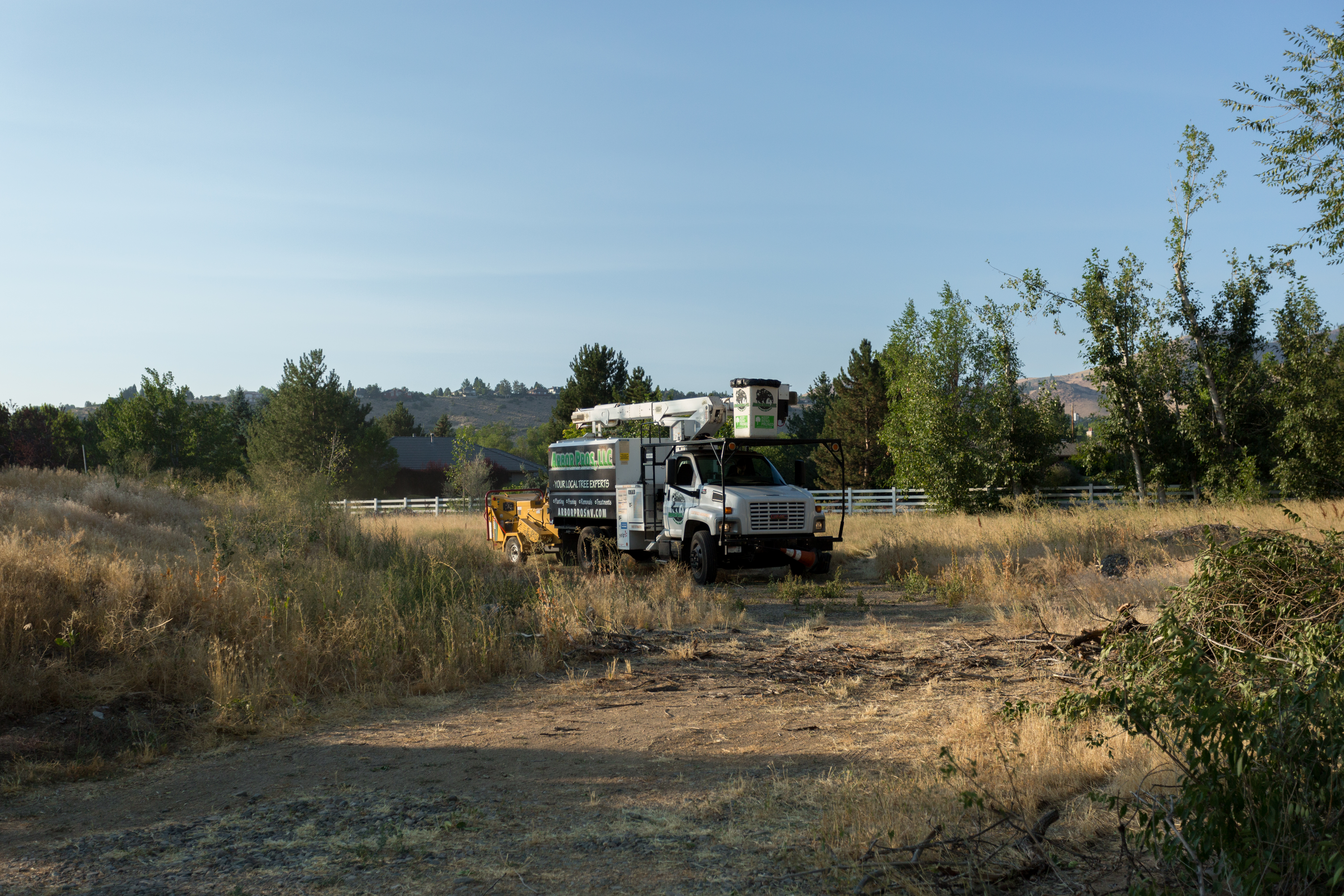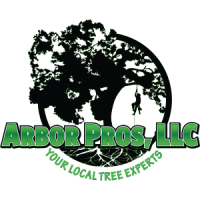
Why it’s important to maintain mature trees.
Mature trees on your property can provide significant value if they are taken care of properly. They provide shade, wind protection, aesthetic value, and air purification. Regular preventative maintenance is a good idea to ensure your mature trees are happy and healthy.
Maintenance checklist for mature trees.
- Tree Inspection
- Routine inspections can identify any early signs of disease, insect or environmental problems before they become serious.
- Inspections should be performed once a year to assess the health and vitality of a mature tree.
- Assessments are made based on several observable characteristics.
- New Leaf or bud formation
- Leaf size
- Twig Growth
- Crown Dieback
- Trunk Decay
- Mulching
- Add a 2 to 4-inch layer of mulch, covering the root system.
- Leave a 1 to 2-inch mulch-free area around the base of the trunk.
- Mulching reduces competition for nutrients from weeds and grass.
- Organic mulch made from shredded leaves, pine straw, peat moss, or composted wood chips will decompose over time, improving the overall soil biology.
- Soil Management
- Urban soil often lacks the correct nutrients, proper drainage, pH balance and space for mature trees to flourish
- Have an ISA certified Arborist test your soil for proper nutrients.
- Laboratory results will help identify the proper treatment for soil deficiencies.
- Pruning
- Removing dead, diseased or insect-infested branches is necessary to maintain tree structure and improve the vitality of a mature tree.
- The removal of the wrong branches may have a lasting negative effect on the health of your mature tree.
- Pruning can be dangerous, involving complex tools and techniques.
- Personal safety is always a factor when pruning mature trees.
- Contact an ISA Certified arborists for help pruning your mature trees.





Recent Comments